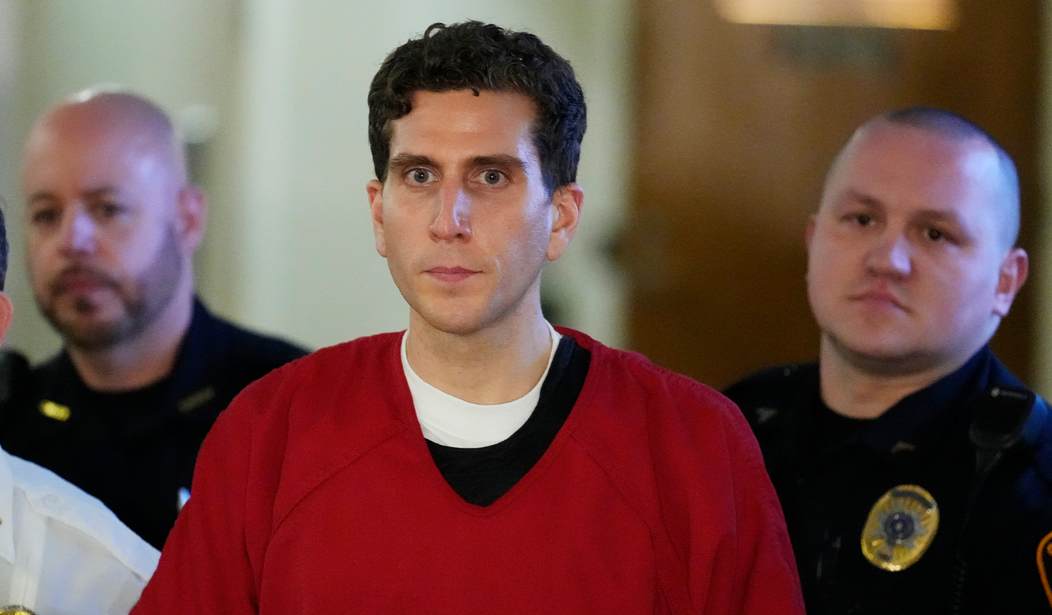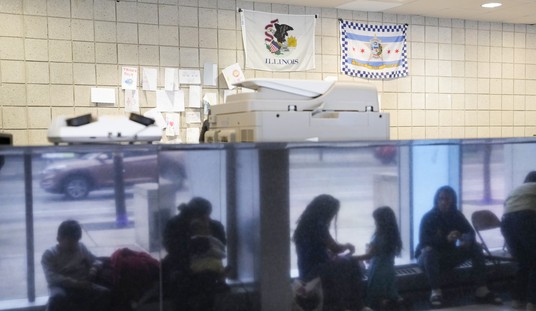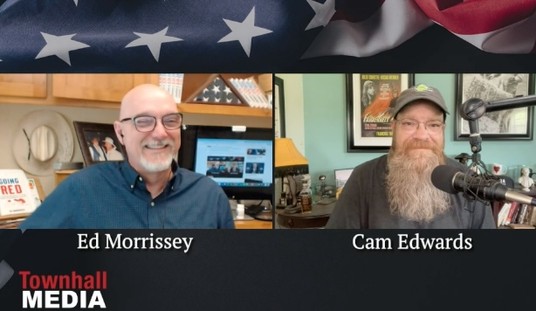Bryan Kohberger is the Washington State University grad student accused of murdering four people at the nearby University of Idaho. The murders took place in November of 2022 and last August Kohberger finally revealed his alibi in court. His attorney claimed he was out driving nowhere in particular that night/early morning. As alibis go, it seemed pretty vague.
In the latest filing in the case, Taylor said the defense does not yet have witnesses to prove Kohberger’s exact location at the time of the stabbings but added that corroboration could come during the trial.
“Mr. Kohberger is not claiming to be at a specific location at a specific time,” Taylor wrote. “At this time there is not a specific witness to say precisely where Mr. Kohberger was at each moment.” Taylor wrote that supporting evidence “may come from cross-examination of the state’s witnesses” or from experts for the defense team.
That alibi wasn't very specific. Under Idaho law, the defendant is required to specify his location at the time of the crime and the judge in this case has repeatedly extended a deadline for him to do so.
Wednesday’s filing outlining Kohberger’s alibi had been anticipated for months: Idaho law requires a defendant to submit in writing “the specific place or places at which the defendant claims to have been at the time of the alleged offense and the names and addresses of the witnesses upon whom he intends to rely to establish such alibi.”
The judge in Kohberger’s case repeatedly extended the submission date, most recently setting the Wednesday deadline during a hearing in late February.
Today Kohberger's attorney met the latest deadline, claiming an expert witness will testify that his cell phone was miles away from the murder scene.
Kohberger had already indicated his alibi in court documents — that he was out driving at the time of the 4 a.m. killings. The Wednesday filing by Kohberger’s attorney, Anne Taylor, suggests that he will attempt to prove it through testimony from a cell-tower expert who will claim that Kohberger’s cellphone was in the wrong location to connect him to the killings...
A car matching Kohberger’s was seen on surveillance footage passing the victims’ house four times, and was seen speeding away about 15 minutes after its last arrival at the house. Less than half an hour later, Kohberger’s phone began reporting to the cell network again, placing him on a highway traveling from Moscow back to Pullman, according to the affidavit.
The testimony from the defense expert Kohberger plans to bring in will show, the new filing by his defense attorney said, that his mobile device did not travel on that highway. Instead, he will claim Kohberger “was south of Pullman, Washington and west of Moscow, Idaho on November 13, 2022.”
These claims are at odds with information submitted in a police affidavit more than a year ago. That document details how police did a video canvas of the area and identified a white Hyundai Elantra which was in the area that night. A car matching the description was registered to Bryan Kohberger. Kohberger had given his cell phone number during a traffic stop. Investigators got a search warrant for the phone's location data and then spoke to an FBI expert with 15 years of experience in tracking cell phones. Here's what the found.
On November 13,2022 al approximately 2:42 a.m., the 8458 Phone was utilizing cellular resources that provide coverage to 1630 Northeast Valley Road, Apt G201, Pullman, WA, hereafter the "Kohberger Residence." At approximately 2:47 a.m., the 8458 Phone utilized cellular resources that provide coverage southeast ofthe Kohberger Residence consistent with the 8458 Phone leaving the Kohberger Residence and traveling south through Pullman, WA' This is consistent with the movement of the white Elantra. At approximately 2:47 a.m. the 8458 Phone stops reporting to the network, which is consistent with either the phone being in an area without cellular coverage, the connection to the network is disabled (such as putting the phone in airplane mode), or that the phone is tumed off The 8458 Phone does not report to the network again until approximately 4:48 a.m. at which time it utilized cellular resources that provide coverage to ID state highway 95 south of Moscow, ID near Blaine, ID (north of Genesee). Between 4:50 a.m. and 5:26 a.m., the phone utilizes cellular resources that are consistent with the 8458 Phone traveling south on ID state highway 95 to Genesee, ID, then traveling west towards Uniontown, ID, and then north back into Pullman, WA. At approximately 5:30 a.m., the 8458 Phone is utilizing resources that provide coverage to Pullman, WA and consistent with the phone traveling back to the Kohberger Residence. The 8458 Phone's movements are consistent with the movements of the white Elantra fiat is observed traveling north on Stadium Drive at approximately 5:27 a.m. Based on a review of the 8458 Phone's estimated locations and travel, the 8458 Phone's travel is consistent with that of the white Elanta.
In short, Kohberger left home at 2:47 am, then service was cut off for almost exactly 2 hours. The murders are believed to have taken place around 4:15 am. At 4:48 am when the phone is turned back on it is traveling south of the murder scene in Idaho before making its way back to Kohberger's home in Washington at 5:27 am. A further search of historical data showed that Kohberger's phone had visited the area of the murder scene 12 times prior to the murders.
NBC News has some information on Kohberger's expert witness who has testified in other trials.
Kohberger's team intends to rely on testimony from cell tower data expert Sy Ray, an experienced military and law enforcement instructor who they say can prove their client was miles away from Moscow at the time of the crime. Ray has testified in many criminal cases, including homicides...
Ray founded ZetX Corp., specializing in cellular geo-location mapping, in Arizona in 2014. The company was purchased by LexisNexis in 2021.
ZetX’s Trax mapping software and Ray himself were criticized in a 2022 ruling by District Court Judge Juan Villaseñor in Colorado in a trial about a man accused of stalking an ex-girlfriend. Villaseñor ruled that the Trax-related evidence was inadmissible and based on a “sea of unreliability” after other experts found the technology to be problematic.
“For one, the Court doesn’t find Ray credible,” Villaseñor wrote. “He inflated his credentials, inaccurately claiming to be an engineer — he’s ‘more of an engineer than an engineer’— despite having no qualifications, licenses, or credentials to support that label. As noted, his sole academic degree is an associate’s, and there’s no evidence that it’s related to engineering. Nor is there evidence that Ray’s taken any engineering classes. To be sure, he’s created a booming business and has successfully pitched Trax to several law-enforcement agencies. But a sound business model doesn’t equal an accurate error rate.”
Of course none of this is going to explain how Kohberger's DNA got on the sheath of a knife which was left behind at the crime scene. Even if he could somehow prove his phone showed he wasn't there, his DNA shows he was.
There are also reports that he was repeatedly DMing one of the female victims in the case. She apparently never responded. If accurate that's going to provide a possible motive which is also going to be difficult for a jury to ignore.
It still looks to me like Kohberger, who is a criminology grad student, thought he could get away with this, but the evidence he left behind suggests he's not quite as smart as he thinks he is.









Join the conversation as a VIP Member